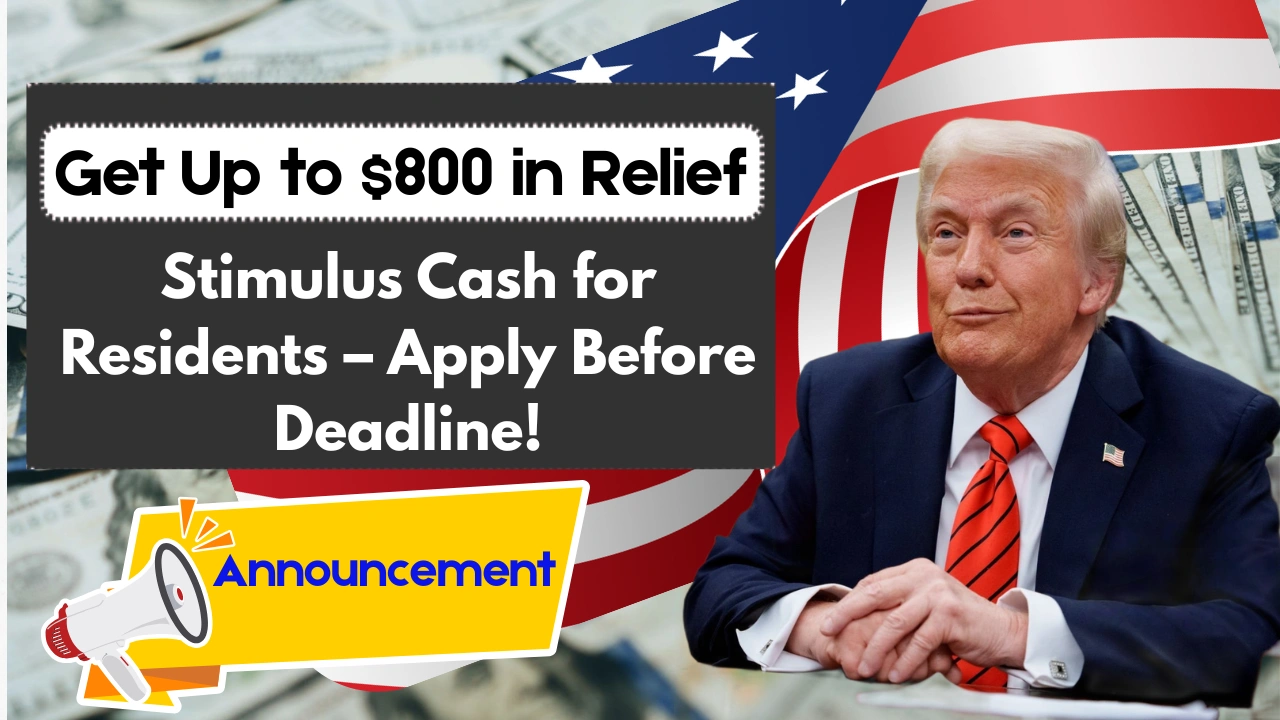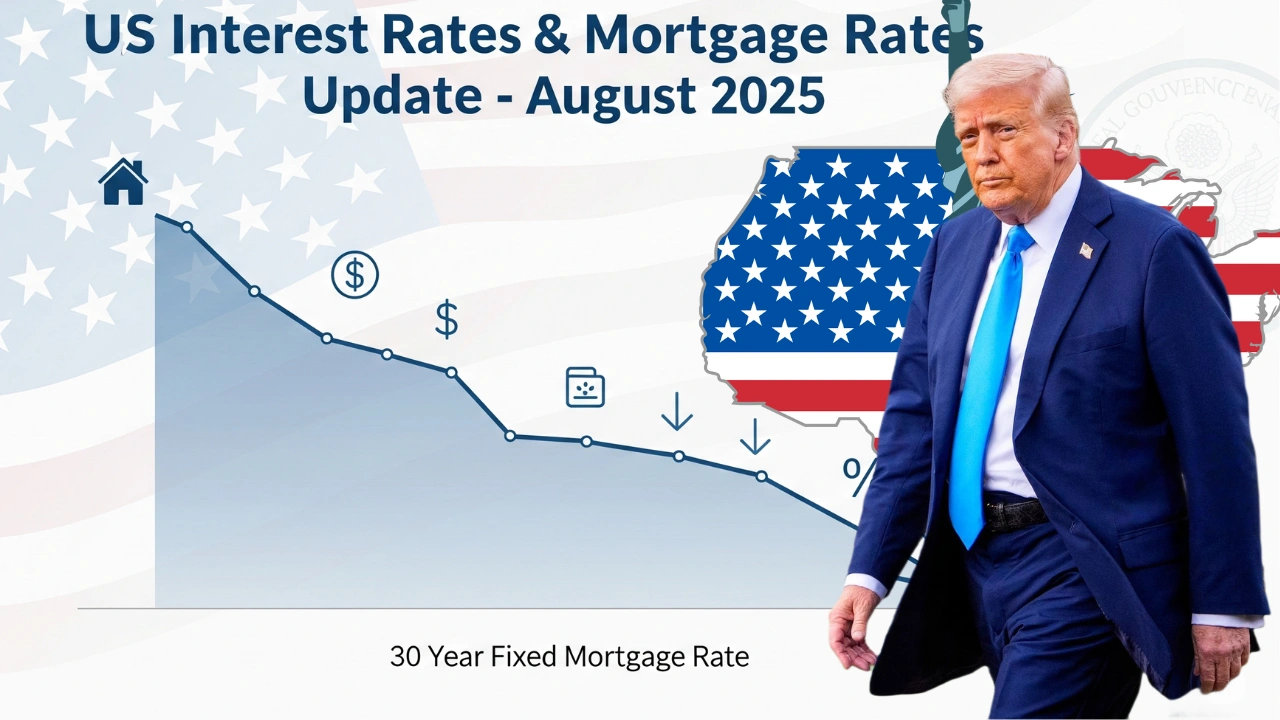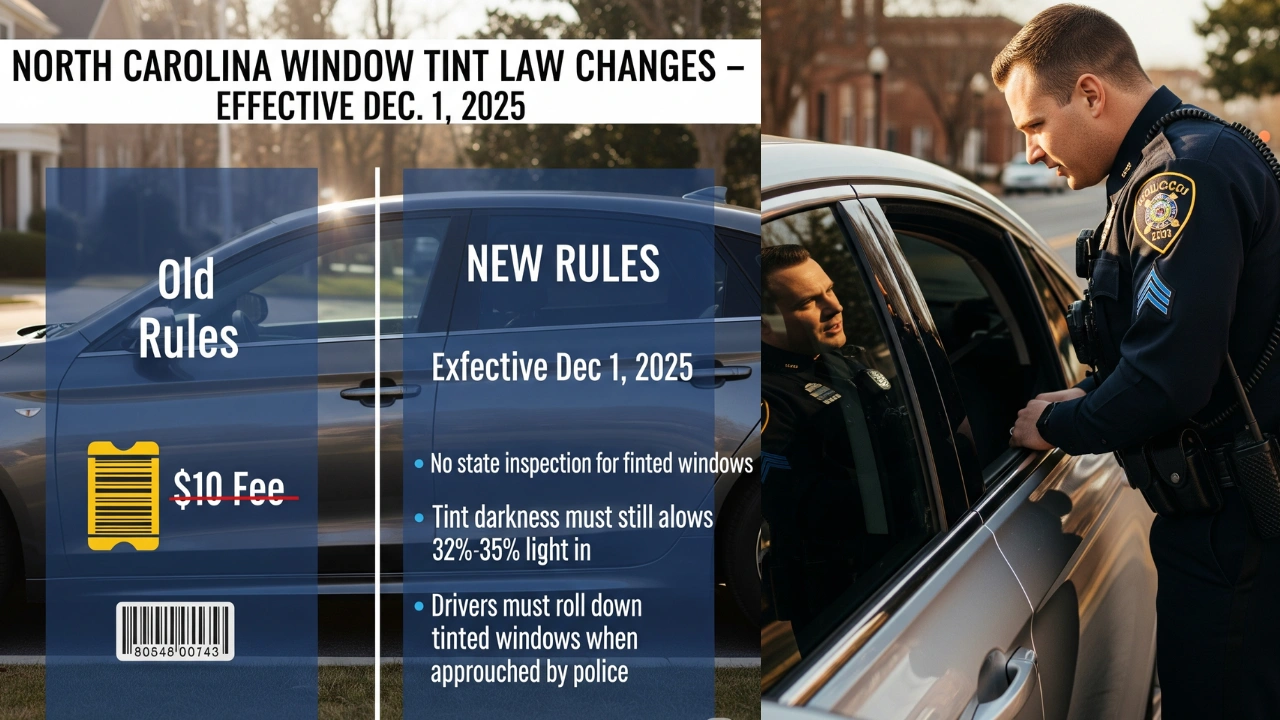State August Relief programs are rolling out across the U.S., with states like Colorado and Illinois leading the way in sending direct payments between $200 and $800 this August. These relief checks aim to ease the financial burden caused by inflation, rising utility costs, and higher grocery bills. For millions of Americans, this extra cash could provide a much-needed cushion – especially for families and retirees living on fixed incomes.
This article will break down which states are offering payments, who qualifies, and how to claim your share – plus tips on making sure you don’t miss your state’s deadline.
Table of Contents
ToggleWhy States Are Offering Relief in August 2025
The push for State August Relief stems from a mix of budget surpluses, federal funding allocations, and ongoing economic recovery plans. Many states ended their fiscal year with extra revenue and decided to return some of it directly to residents. Others are using leftover federal pandemic relief funds to help households cope with persistent cost-of-living increases.
For example:
-
Colorado is sending checks up to $800 for joint filers and $400 for single filers, thanks to the TABOR (Taxpayer’s Bill of Rights) refund law.
-
Illinois is issuing $50–$400 direct deposits for eligible residents, alongside property tax rebates for homeowners.
States Offering $200–$800 Payments in August
While the size and eligibility requirements vary, here’s a look at some key states rolling out payments this month:
-
Colorado – Up to $800 for joint filers and $400 for individuals. Must have filed 2024 state taxes by the deadline.
-
Illinois – $50 per person plus $100 per child in household, capped at $400. Property owners may receive additional rebates.
-
Minnesota – Up to $260 per person, $520 for married couples, plus bonuses for dependents.
-
South Carolina – Relief amounts vary, but most taxpayers will receive between $200–$700.
-
Massachusetts – Estimated $250–$500 payments, depending on income brackets.
Payments are either sent as direct deposits or mailed paper checks, depending on the state’s process.
Must Read: Americans to Receive $1,702 State Dividend in August 2025 – Who Qualifies?
How to Check If You Qualify
While every state sets its own eligibility rules, here are common factors:
-
Residency: Must be a legal resident of the state during the qualifying tax year.
-
Tax Filing: Must have filed a state income tax return for the relevant year (often 2024).
-
Income Limits: Many programs are targeted at low-to-middle-income households.
-
Special Groups: Seniors, veterans, and families with children may get higher payments.
Major Cities Benefiting
Large urban areas are set to see a major influx of relief payments, including:
-
Denver, CO – Expected to receive the highest share of Colorado’s payouts.
-
Chicago, IL – Thousands of residents are due relief payments alongside property tax credits.
-
Minneapolis, MN – Households here will see combined benefits from state checks and city energy rebate programs.
-
Columbia, SC – Residents to receive average payments around $450.
-
Boston, MA – Eligible residents will see a welcome boost before the back-to-school season.
How to Claim Your Relief Payment
-
File or Amend Your State Tax Return – If you missed the filing deadline, some states allow late claims.
-
Update Your Mailing Address or Bank Info – Prevent delays by ensuring your state’s revenue department has your latest details.
-
Check Payment Status Online – Many states offer online refund tracking tools.
-
Avoid Scams – Relief payments are automatic; states will never ask for payment or sensitive info to send you money.
When Will Payments Arrive?
Most states plan to distribute payments by the end of August, though timelines can vary:
-
Colorado – Checks mailed mid-to-late August.
-
Illinois – Direct deposits rolling out weekly through month’s end.
-
Minnesota – Payments expected to hit accounts by August 20th.
-
South Carolina – Most checks to be sent by August 31st.
Maximizing the Impact of Your Relief Check
Here are a few smart ways to make the most of your relief payment:
-
Pay down high-interest debt.
-
Cover upcoming utility bills before rates rise in autumn.
-
Stock up on non-perishable groceries during sales.
-
Save part of it for holiday expenses.
Remember, while the payment may not cover all financial needs, it can provide meaningful short-term relief.
Pro Tip: Visit your official state government website for eligibility details. For example, Coloradans can check their refund status at Colorado Department of Revenue.
FAQs
1. Who is eligible for State August Relief payments?
Eligibility depends on state rules but generally includes residents who filed taxes for the qualifying year and meet income requirements.
2. Do I need to apply for the payment?
In most states, no separate application is required – filing taxes is enough.
3. Will these payments be taxed?
Some states consider them non-taxable; others may count them as taxable income. Check with your state’s tax authority.
4. Can non-tax filers get the payment?
In some states, yes – especially seniors and certain benefit recipients. A simplified claim process may be available.
5. Where can I check my payment status?
Visit your state’s official Department of Revenue website for updates.
Bottom Line:
The State August Relief payments between $200 and $800 could be a financial lifeline for millions of Americans this month. Whether you live in Colorado, Illinois, or another participating state, it’s worth checking your eligibility and making sure your details are up to date. With the right steps, you can receive your payment quickly and put it toward what matters most.


